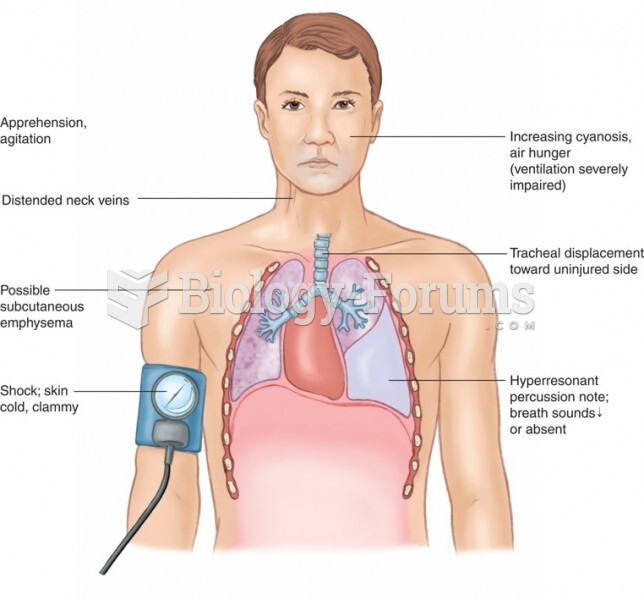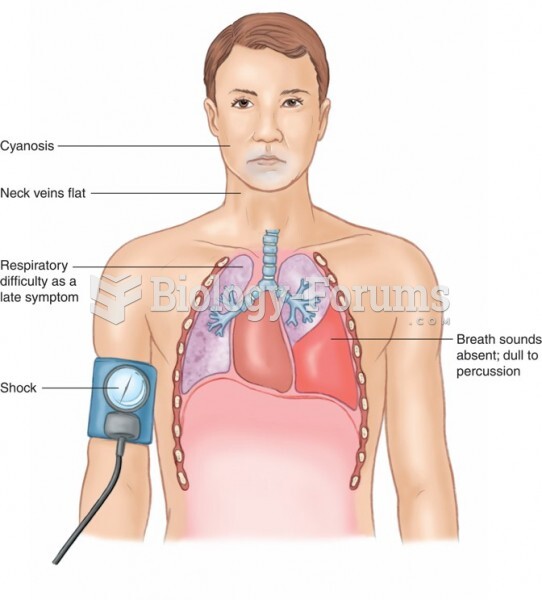Answer to Question 1
Correct Answer: 1,2,3
Rationale 1: Hypertension is a risk factor for the development of glaucoma.
Rationale 2: A risk factor for the development of glaucoma is migraine headaches.
Rationale 3: Diabetes mellitus is a risk factor for the development of glaucoma.
Rationale 4: Heart failure is not a risk factor for the development of glaucoma.
Rationale 5: Gastroesophageal reflux disease is not a risk factor for the development of glaucoma.
Global Rationale: HTN, DM, and history of migraine headaches are all risk factor for the development of glaucoma. Having heart failure and GERD does not increase risk.
Answer to Question 2
Correct Answer: 1,2,3,4
Rationale 1: The most significant adverse effect with an alpha2-adrenergic agonist is the sensation of a foreign body in the eye.
Rationale 2: Adverse effects of alpha2-adrenergic agonists include headache and drowsiness.
Rationale 3: Blurred vision is an adverse effect of alpha2-adrenergic agonists.
Rationale 4: Rare systemic effects of alpha2-adrenergic agonists include nervousness and anxiety.
Rationale 5: Acute eye pain is not expected with this medication and should be reported to a health care provider immediately.
Global Rationale: The most significant adverse effect with an alpha2-adrenergic agonist is the sensation of a foreign body in the eye. Adverse effects include headache, drowsiness, and blurred vision. Rare systemic effects of alpha2-adrenergic agonists include nervousness and anxiety. Acute eye pain is not expected with this medication and should be reported to a health care provider immediately.







